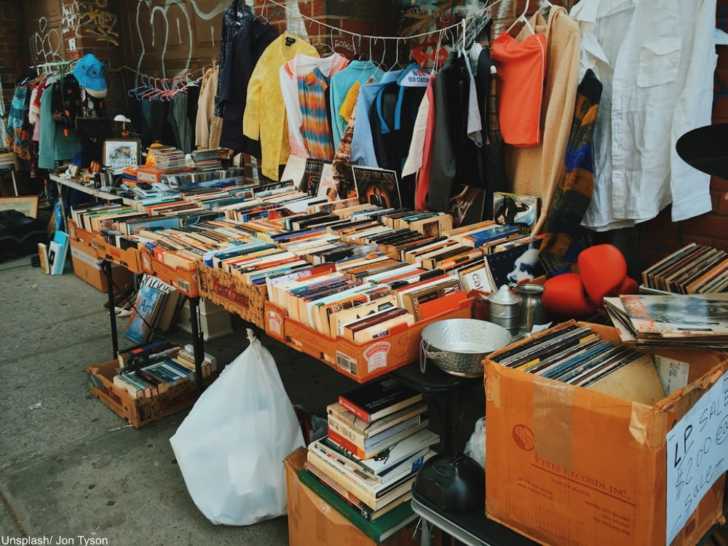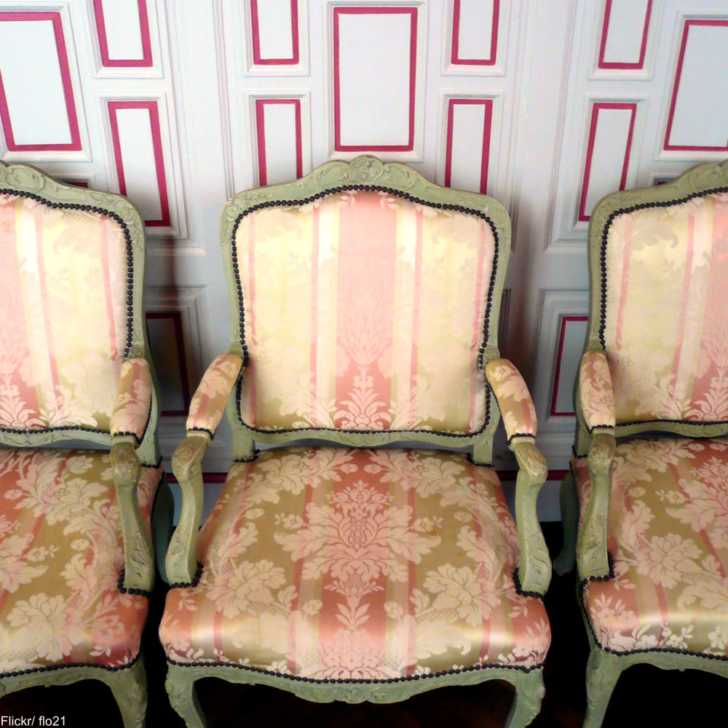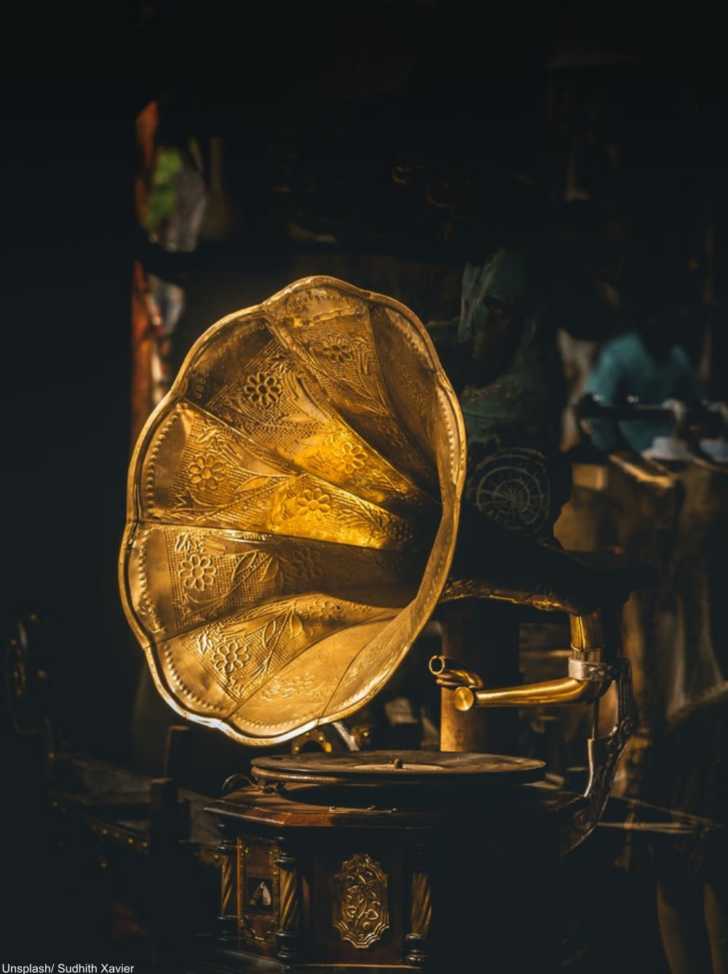The 11 Rules of Collecting Antiques and Vintage
If you’re not following these laws of antiquing then you should be.
A lot of people assume that if you love old stuff then you should just buy what what you like and build your collection as you wish. While that is totally true, there some “rules” of antique collecting that will help you to find the best stuff for yourself or to re-sell for higher value. If you know these 11 tricks of the trade then you’ll be scores ahead of most people!

11) What is Vintage?
Vintage items are 20 years or older, but some definitions presume that a vintage item was between made between 50 and 100 years ago. 70-year-old items, no matter how crusty, can never be antiques and will be vintage until they age more. Sellers will sometimes use the phrase “true vintage” to indicate that an item is well over 20-years-old.

10) What Is Antique?
Antiques are 100 years or older, though some sellers follow the 80 year rule instead. When it comes to furniture, an antique is a piece that is 100-years-old AND not mass-produced. This is important.
However, for import purposes some mass-produced items of relatively young age are considered antiques. For instance. U.S. customs considers a car over 25-years-old to be antique! The U.S. Customs laws were enacted in the 1930s and mandated the 100 year rule in order that antiques would predate the industrial era. In modern times, this rule is often tossed out.
9) Is It Handmade?
Mass-produced items can never truly be called antiques, despite what most people think. A factory-made piece from 1875, however beautiful and old, is technically not an antique. Most sellers ignore this rule when selling in order to hook customers in, but in the resale market of fine antiques this is a big distinction.
8) Does Condition Matter for Appraisal?
Condition is everything, although not every item has to be mint. But, for valuation purposes the condition meeds to match whichever guide you’re using to get a sense of price (whether that be a book on antique values or eBay sold pages). It’s no good looking up prices of mint pieces if the one you have is far from useable condition.

7) The Asking Price Don’t Mean a Thing
In order to access what something is worth you must always look at the prices a similar item has sold for in the recent past. Looking at asking prices online will only tell you what people hope to get. Looking at what items have sold for at auction or on a site like eBay or Etsy can give much more accurate information on what the fair market value of said item might actually be. Looking professional auction house listings can also help since what they expect an item to sell for can be a good marker of what is common in the industry (though only a confirmed sale will tell you how much it was worth at that moment).
6) If It Looks New You Might Have a Problem
Beware of bright colors. Fabric items that have bright colors are probably a lot newer than you think, and bright paint most likely means the item has sadly been repainted which most certainly does affect value. An example of one area where this matters less is Victorian furniture since new upholstery if often seen a boon (one less step in the restoration process).

5) Is It Illegal?
Elephant and walrus ivory or eagle feathers are probably not legal to sell (though in many cases they are legal to simply own or inherit). Check carefully what you have and what the laws are regarding that types of animal material before you try to sell lest you get into some serious trouble.

Despite the fact that some big game trophies are now allowed into the country from certain African nations, many Asian elephant trophies are still quite prohibited. If you don’t have the proper provenance to discern origin or the expertise to tell the difference between different species, then you need to contact an expert. When the artifact was created is also an important factor.
4) Older Isn’t Necessarily Better
Never assume that something 1930s-1980s won’t sell just based on the age of the piece. Many vintage items are worth more than items that are much older. This varies by region and by design, but always double check if you have doubts.
3) No Hardware Isn’t Always a Problem
Dry fit furniture is not a defect but a mark of extremely high craftsmanship. These pieces were made made so that the family could easily move house (like to go out West). These pieces should NOT be screwed together.
2) The Antiques Market is Constantly Changing
Things change – never assume a price appraisal or a deal from 10 years ago is still current. Prices are constantly going up and down based on new finds, changes in public tastes, new historical information, deaths of celebrities, and so on.

1) Some Things Require an Expert
It may seem like you can find anything online, but that isn’t exactly true. We depend on the internet for a lot information and this goes double for antiques since we can’t possibly transport every little find to an appraiser (even if we could afford it). But, some finds can’t or shouldn’t be researched online.

Some antiques or vintage items are so obscure that you really need someone who specializes in that area in order to get a grip on what it is, how old it is, and what it might be worth. Items that are extraordinarily fine, unique, or old require specialty information. Expect to pay $150-$400 per hour for an appraisal from a licensed and insured professional.
SKM: below-content placeholderWhizzco for DOT

